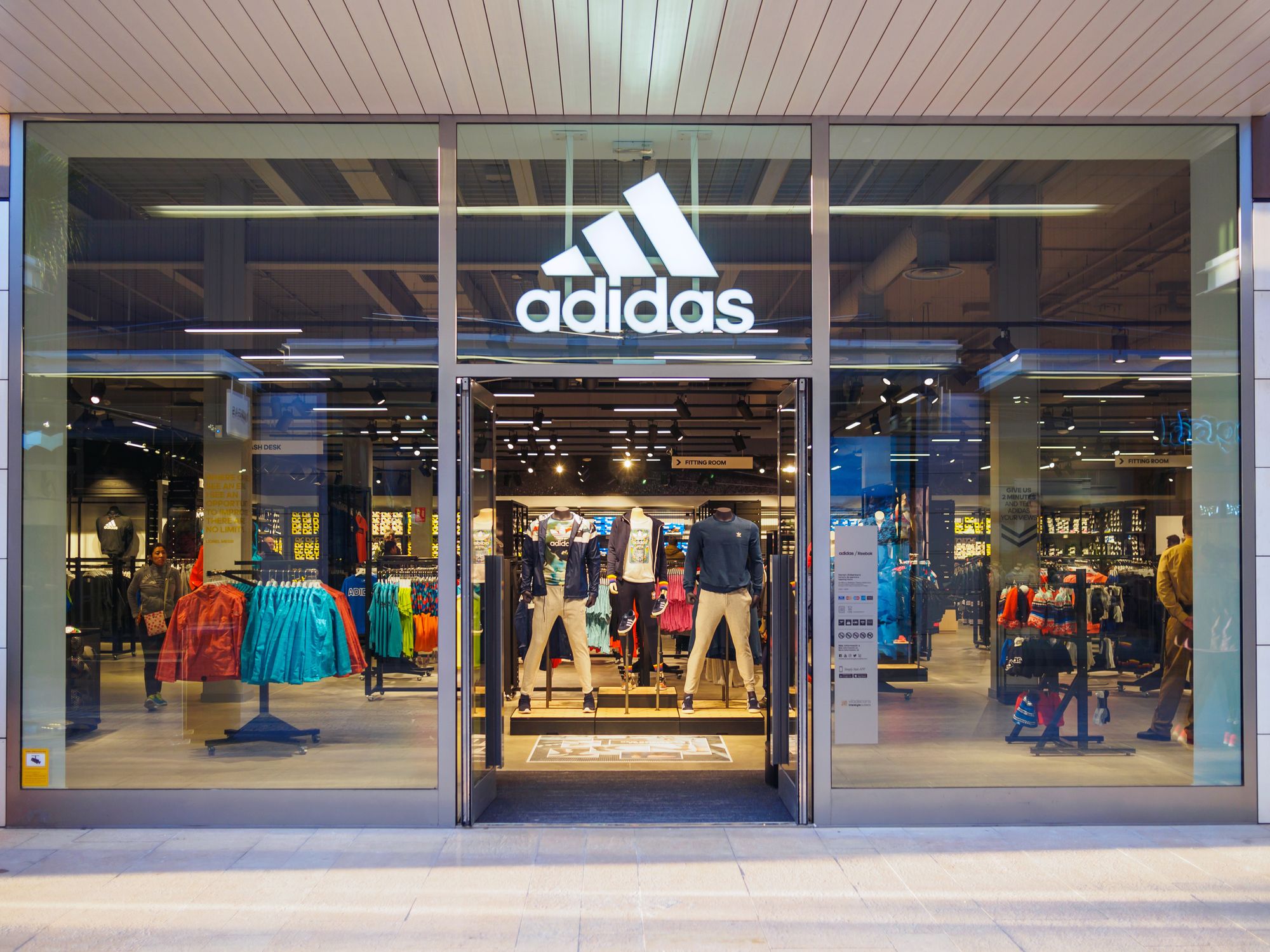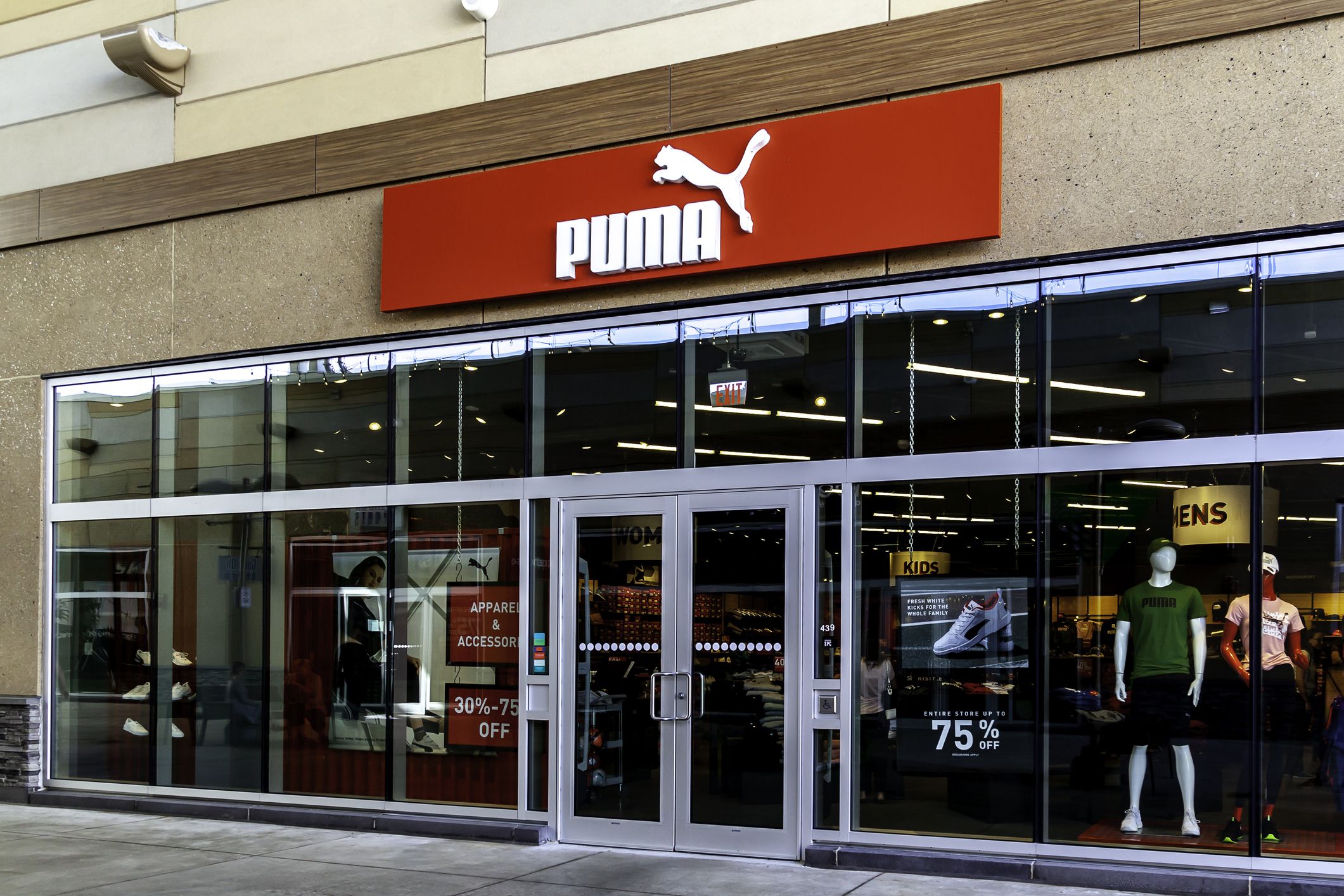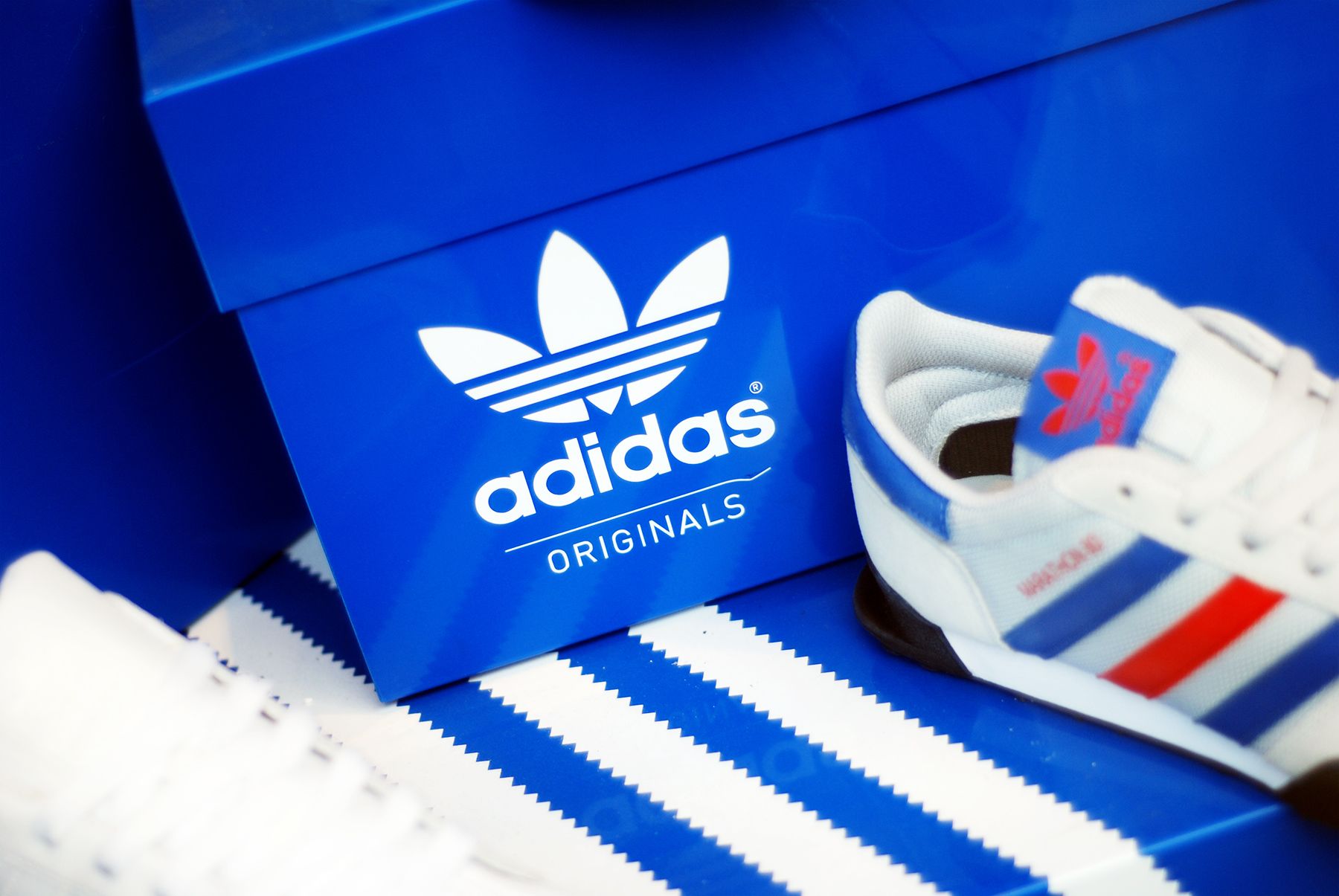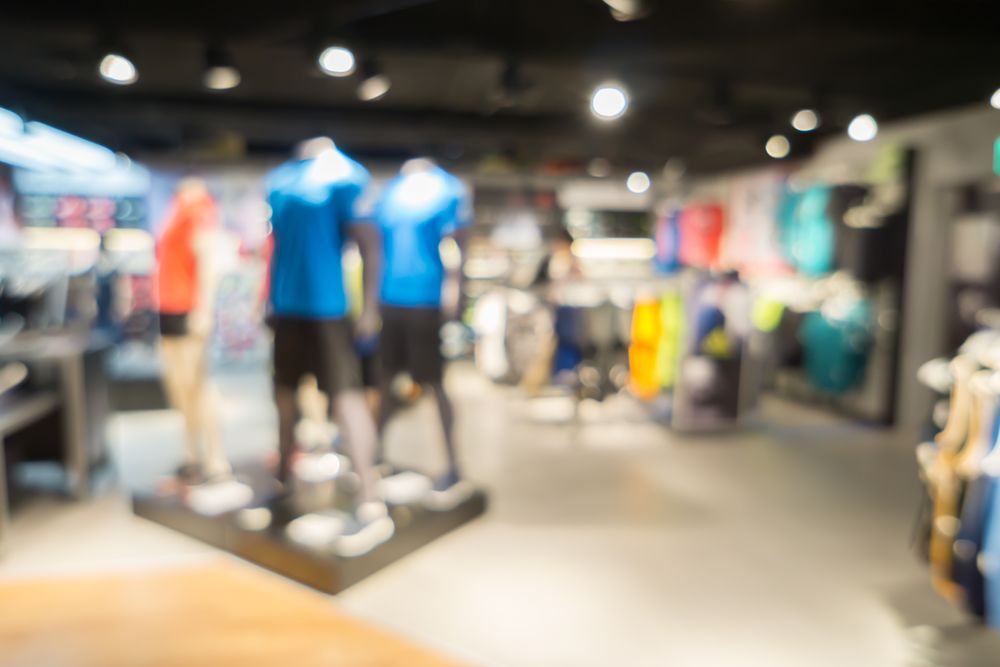Adidas vs. Puma: The Sibling Rivalry and Trade Mark Disputes
The battle between Adidas and Puma goes way beyond the fashion world.

Adolf Dassler (the founder of Adidas) and Rudolf Dassler (the founder of Puma) are brothers from Herzogenaurach, Germany - brothers that once owned a company called Gebrüder Dassler.
In 1919, the brothers worked on and produced a new variety of sports shoe, which was worn by athletes in the 1936 Olympics.
The athletes wearing those shoes won bronze, silver and gold medals, propelling the brothers into the limelight.
Their shoes were even worn by the legendary Jesse Owens when he won his gold medal.
So, what went wrong? In a nutshell, no one is 100% sure, although there are millions of theories, and even a film!
What we do know is the brothers fell out, parted ways, and thus Puma and Adidas were born. Puma in 1948, originally under the name Ruda, and Adidas in 1949.
However, the family feud didn’t end there. The factories of Puma and Adidas were set up either side of the Aurach River, opposite each other.
The feud even split the whole town, with employees from one factory unable to marry, or even speak to, employees from the other.
To this day the headquarters of the two sports clothing giants still sit either side of the Aurach river, even though the Dassler families are no longer part of the companies.
Even though the family feud is no more (as Rudolf died in 1974 and Adolf in 1978), the competition between Adidas and Puma as brands is still very much alive – although employees are now able to drink in the same bars!
You will know that pro athletes are often seen in Puma (Usain Bolt and Dakotah Lindwurm) and Adidas (Ana Ivanovic and Kobe Bryant), as well as sports teams from all different sporting scenes (motorsports, football, golf etc) having the iconic trade mark of Adidas or Puma embroidered on them.
It should come as no surprise therefore, that both companies are fiercely protective of their IP and frequently come up against each other in the Courts over various iconic brand assets.
Most notably, the stripes that Adidas features as a key branding element across its products.


A Brief Summary of the Legal Proceedings
In 2015, the German court dismissed Adidas’ claim that Puma’s three stripe mark was similar to its own three stripe rights for identical goods, and established that there was no risk of confusion between the two.
The decision was challenged by Adidas and subsequently reversed in 2016, with the court feeling that Adidas’ rights were in fact infringed as the marks had similar characteristics, which could result in confusion on behalf of the average consumer.
Puma then challenged the decision three times (in 2017, 2018 and 2022), but the decision was upheld:

Also in 2015, Adidas opposed Puma’s application at the US Patent and Trademark Office (“USPTO”) for the mark HERZO.
In their documents submitted to the USPTO, Adidas noted that Herzo is the shortened version of Herzogenaurach (where both Adidas and Puma are situated), and that Adidas and others refer to this location as such.
In 2016, a German court rejected Adidas’ claim that Puma’s NRGY shoe, which features “a damping sole”, was similar to their Adidas Boost, which also feature the same sole material.
Both companies claimed to have developed the material first, and both worked with BASF during the creation of the material (although Puma parted ways with BASF in 2011 to continue their project with the US company Huntsman Corp, with Adidas collaborating with BASF after the Puma deal ended).
Adidas launched Boost first (in 2013), with the Puma’s NRGY launching 2 years after. Even so, the Court dismissed Adidas’ request for an injunction against Pumas NRGY shoe.
In 2017, Adidas filed claims of trade mark infringement, unfair competition, trade mark dilution and deception against Puma in the Oregon federal court over Puma’s release of their new “soccer cleat”.

The argument being that the four stripes shown on the new product is an infringement of their well-known three stripe logo that they have been using for years, Adidas claimed that the use of the four stripe mark was piggybacking on the goodwill and commercial value already built up by Adidas through their three-stripe mark.
As you can see, the feud between these companies continues and is around 75 years strong.
Although the feud is more healthy competition nowadays, the two brand giants are still very much competitors in a very lucrative sector.
With Nike, New Balance and others taking up a lot of space within their sector, will the two powerhouses ever join forces again to create a hybrid Adidas/Puma mega brand?
We highly doubt it, but with some of the cases above showing that the brands still have some similarities that they are arguing over, it may not be completely outrageous to think there may be a day when it is only a river that divides these two companies.



